Some of the first batch Radeon RX 7900 series graphics cards may have been produced based on structurally incomplete Navi 31 GPUs. This is an assumption made by some enthusiasts among the early buyers of the Radeon RX 7900 XTX and RX 7900 XT.
Image source: AMD
The Radeon RX 7900 graphics cards based on AMD’s Navi 31 with the new RDNA 3 architecture are positioned as competitors to the GeForce RTX 4080 graphics cards from NVIDIA. The older Radeon RX 7900 XTX in independent gaming tests actually turned out to be faster than its competitor, but only by 4% on average. The difference is so small that some AMD fans were disappointed. Moreover, in ray tracing games, the new Radeons are still significantly behind NVIDIA solutions. Some enthusiasts believe that the first batch of Radeon RX 7900 XTX and RX 7900 XT graphics cards are based on GPUs with an initial A0 core revision.
A Twitter user with the pseudonym Kepler_L2 found information in the Radeon driver code indicating that some Navi GPUs contain hardware shaders that were previously disabled by the software.
Image source: Twitter/@kepler_L2
This unpleasant feature is typical for three chipsets labeled GFX1100, GFX1102 and GFX1103. The first is the older Navi 31, on the basis of which the Radeon RX 7900 XTX and RX 7900 XT were produced. The second and third are the not yet released Navi 33 and Navi 32, which will power the Radeon RX 7800, as well as other models of the next generation of AMD desktop and mobile graphics accelerators.
Users also reported a strange situation with fluctuations in the operating frequencies of new Radeon video cards. For example, @uzzi38 noted that the Radeon RX 7900 XTX GPU in games can run at frequencies from 2.4GHz to 2.9GHz without any changes in game settings.
And in the analysis of the video card by the TechPowerUp portal, it is indicated that the difference in frequencies could be more significant. For example, in games, the chip worked at frequencies from 1934 to 2994 MHz, and in the same Furmark stress test, which theoretically should have squeezed out all the juice from the GPU, the GPU frequency turned out to be even lower – 1660 MHz Hertz.
Image source: TechPowerUp
Vlogger Nadalina shared a similar note. She noted that in Call of Duty: Modern Warfare 2, the graphics chip of the ASUS Radeon RX 7900 XT TUF Gaming graphics card worked in the 2.4 to 2.9 GHz frequency range with the same quality settings. At first, the card chooses high GPU frequencies, but after about an hour of playing it resets it to 2.4GHz, which leads to a performance drop of about 20%. At the same time, after restarting the game, high FPS values \u200b\u200bare returned. Nadalina’s complaint was brought up to AMD’s head of gaming solutions and marketing engineer Frank Azure, who promised to look into the matter.
The difference in GPU frequencies under different loads is a very common phenomenon. The frequency directly depends on the level of load and the temperature of the GPU. But such a big difference under similar loads looks very strange.
The TechPowerUp review mentioned above also notes that the Radeon RX 7900 XTX draws 103 watts of power in standby mode when using multiple monitors when the competition requires less than 50 watts. For example, the GeForce RTX 3090 Ti under such conditions needs only 42 watts, while the GeForce RTX 4080 and GeForce RTX 4090 need 23 and 27 watts, respectively.
Image source: TechPowerUp
Problems with high power consumption can be fixed with a new driver, which cannot be said about the initial revision of the A0. Here, the only solution may be the release of only one graphics core at a new stage, which is unlikely to please the first buyers of video cards of the Radeon RX 7900 series. According to reports, a broken hardware preloader deprives the previous generation of Radeon graphics-based cards. On RDNA architecture 2 about 5% performance. It remains to be seen how its absence will affect the performance of video cards based on the RDNA 3 architecture. Now we have to wait for official comments from AMD itself.

“Coffee trailblazer. Social media ninja. Unapologetic web guru. Friendly music fan. Alcohol fanatic.”






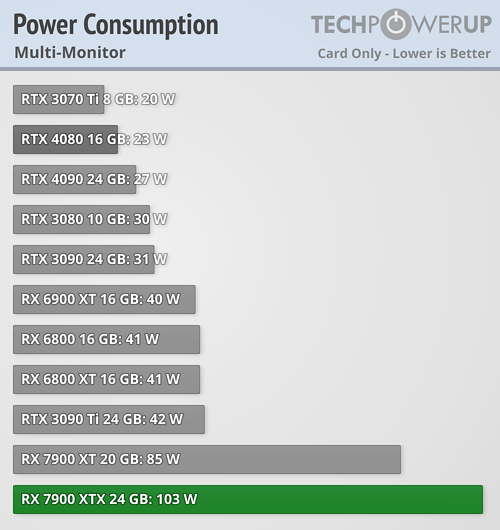
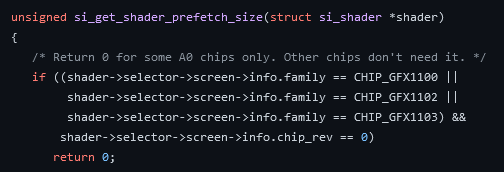
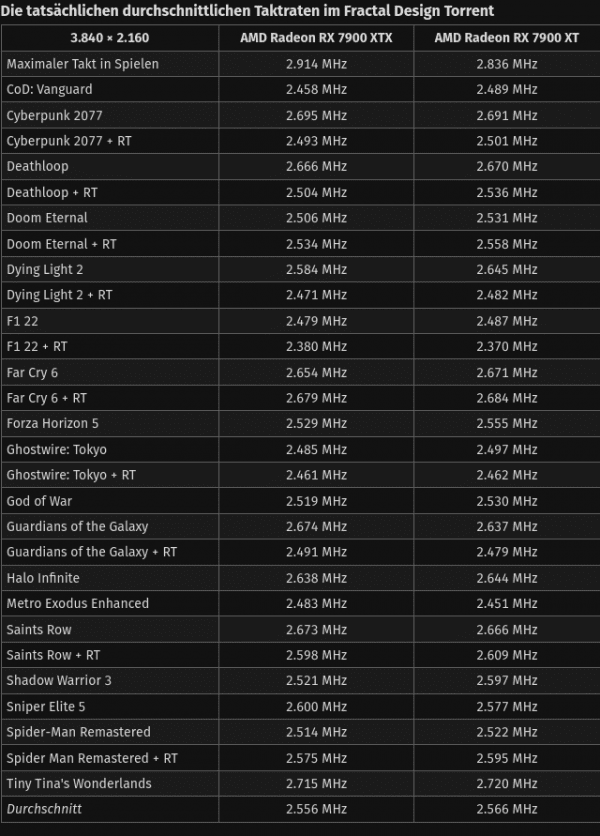
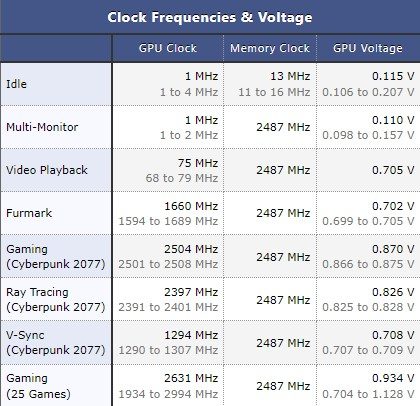
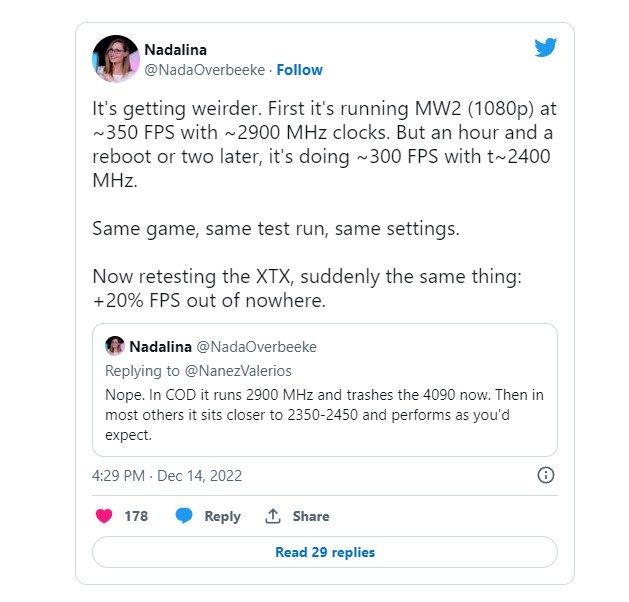
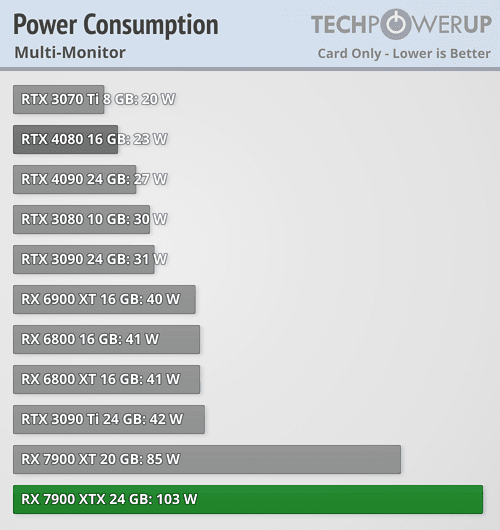
More Stories
Experts warn of a brand new malware capable of entering banking applications on Android devices – Executive Summary
First images from Einstein probe show black hole and supernova remnants in X-rays – Science
EA SPORTS F1 24 launches the revolutionary Career Mode: Live like Senna or Schumacher!